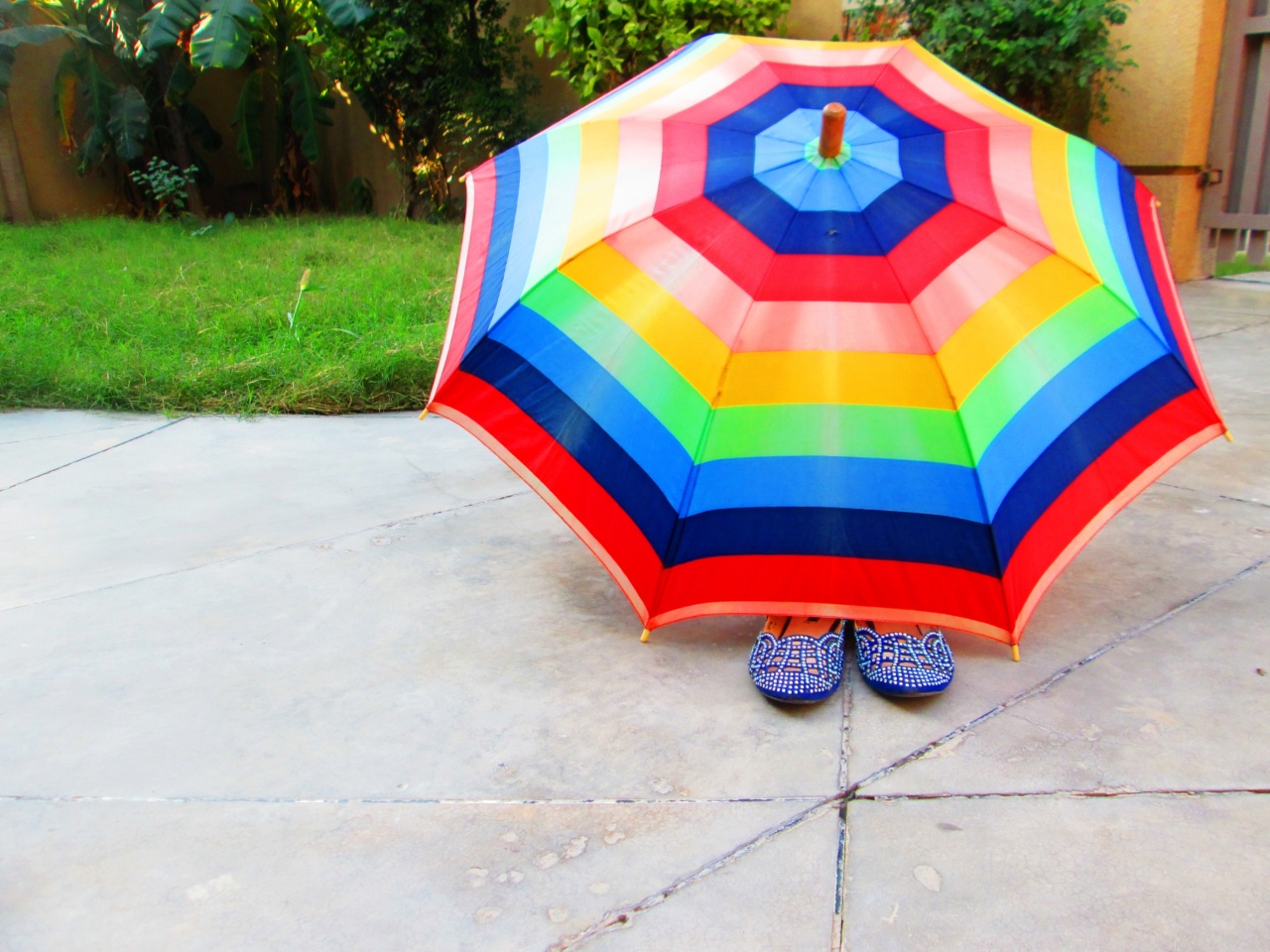When it comes to protecting our skin from the harmful effects of the sun, there is no one-size-fits-all approach. Each person’s skin reacts differently to sun exposure based on their unique phototype.
Understanding your phototype is essential for effectively guarding against the dangers of excessive UV radiation. In this article, we will delve deeper into the concept of phototypes and explore how different skin types respond to the sun.
Armed with this knowledge, you can make informed decisions about sun protection methods that suit your skin’s specific needs.
What is Phototype?
Phototype, also known as skin type or skin color classification, refers to the individual’s genetic predisposition to sunburn and tanning as a result of exposure to ultraviolet (UV) radiation.
The Fitzpatrick Phototype Scale, developed by Harvard dermatologist Thomas B. Fitzpatrick in 1975, is widely used to classify and describe different skin types based on their response to sun exposure.
The Fitzpatrick Phototype Scale
The Fitzpatrick Phototype Scale categorizes skin into six different types, ranging from the most sun-sensitive skin (Type I) to the least sun-sensitive (Type VI). Let’s take a closer look at each category:.
Type I: Very Light Skin
Individuals with Type I phototype have very fair or pale skin, often with freckles and reddish or light-colored hair. They tend to burn easily and rarely tan, experiencing high sensitivity to the sun.
People with Type I skin are at the highest risk of developing sunburn and skin damage.
Type II: Light Skin
Type II phototype individuals have light skin that may occasionally tan but is still prone to sunburn. They usually have light hair and blue or green eyes.
While Type II skin is less sun-sensitive than Type I, it still requires adequate sun protection to prevent damage.
Type III: Medium Skin
People with Type III phototype have medium-toned skin that tans easily, but can still get sunburned. They typically have brown hair and eyes.
Type III skin is less prone to burning and more resistant to sun damage compared to Types I and II, but proper sun protection is still crucial.
Type IV: Olive Skin
Type IV phototype individuals have an olive or moderately dark complexion that rarely burns and tans easily. They usually have dark hair and eyes.
While Type IV skin is less prone to sunburn, it is important to remember that even individuals with darker skin can still experience sun damage and are at risk for skin cancer.
Type V: Brown Skin
People with Type V phototype have naturally brown skin that rarely burns and tans easily. They often have dark hair and eyes.
Type V skin has a higher melanin content and is at a lower risk of burning, but proper sun protection should still be practiced to prevent long-term damage.
Type VI: Dark Skin
Type VI phototype individuals have dark brown or black skin that rarely burns and is highly resistant to sun damage. They usually have dark hair and eyes.
While Type VI skin offers more natural protection against sunburn, it is essential to prioritize sun protection to maintain optimal skin health.
Factors Influencing Phototype
Several factors influence an individual’s phototype, including genetics, ethnic background, and geographical location. People with fair skin, light hair, and light-colored eyes tend to have a higher risk of sunburn and skin damage.
On the other hand, individuals with darker skin tones possess higher melanin levels, providing them with more natural protection against UV radiation.
Geographical location also plays a crucial role in determining phototype, as populations living in areas with intense sunlight tend to have higher phototypes to adapt to the environmental conditions.
The Importance of Sun Protection
Regardless of your phototype, protecting your skin from the sun’s harmful UV radiation is essential for maintaining good skin health and preventing long-term damage. Here are some key reasons why sun protection should be a priority:.
Preventing Sunburn
Regardless of your phototype, prolonged and unprotected exposure to the sun can cause sunburn. Sunburn is not only painful but also increases the risk of skin cancer development.
Applying sunscreen with a high sun protection factor (SPF) and seeking shade during peak sun hours can greatly minimize the chances of sunburn.
Reducing the Risk of Skin Cancer
Unprotected exposure to the sun’s UV radiation is a significant risk factor for developing skin cancer, the most common type of cancer globally.
Regularly applying sunscreen, wearing protective clothing, and seeking shade can significantly reduce the risk of skin cancer, irrespective of your phototype.
Preventing Premature Aging
Excessive sun exposure can lead to premature aging of the skin, including the development of wrinkles, fine lines, age spots, and a loss of elasticity.
By practicing proper sun protection measures, such as wearing a broad-brimmed hat, sunglasses, and using sunscreen, you can help delay the signs of aging and maintain youthful-looking skin.
Choosing the Right Sun Protection
Understanding your phototype is crucial when selecting the right sun protection methods. Here are some guidelines to help you choose suitable sun protection based on your skin type:.
Use Sunscreen with Adequate SPF
Sunscreen is an essential tool for protecting your skin from the sun. Look for broad-spectrum sunscreens that offer protection against both UVA and UVB rays. The sun protection factor (SPF) indicates the level of protection against UVB rays.
As a general rule, individuals with lighter phototypes should use sunscreen with a higher SPF to ensure adequate protection.
Wear Protective Clothing
Wearing appropriate clothing can provide an added layer of protection against the sun’s harmful rays. Opt for loose-fitting, lightweight clothing that covers your skin and protects it from direct sunlight.
Wide-brimmed hats, sunglasses, and UV-protective clothing are excellent choices for enhanced sun protection.
Seek Shade
When the sun’s rays are at their strongest (usually between 10 am and 4 pm), seeking shade can significantly reduce your exposure to UV radiation.
Whether it’s under a tree, an umbrella, or a sunshade, taking breaks from direct sunlight can help protect your skin.
Avoid Tanning Beds
Tanning beds emit UV radiation, which can cause skin damage and increase the risk of skin cancer. Regardless of your phototype, it is best to avoid tanning beds altogether.
Regular Skin Checks
Regardless of your phototype, it is important to regularly examine your skin for any changes or unusual moles. If you notice any suspicious growths, new spots, or changes in existing moles, consult a dermatologist promptly.
By understanding your phototype and implementing appropriate sun protection measures, you can enjoy the outdoors while safeguarding your skin from the harmful effects of the sun.
Remember, prevention is always better than cure, especially when it comes to your skin’s health.




























